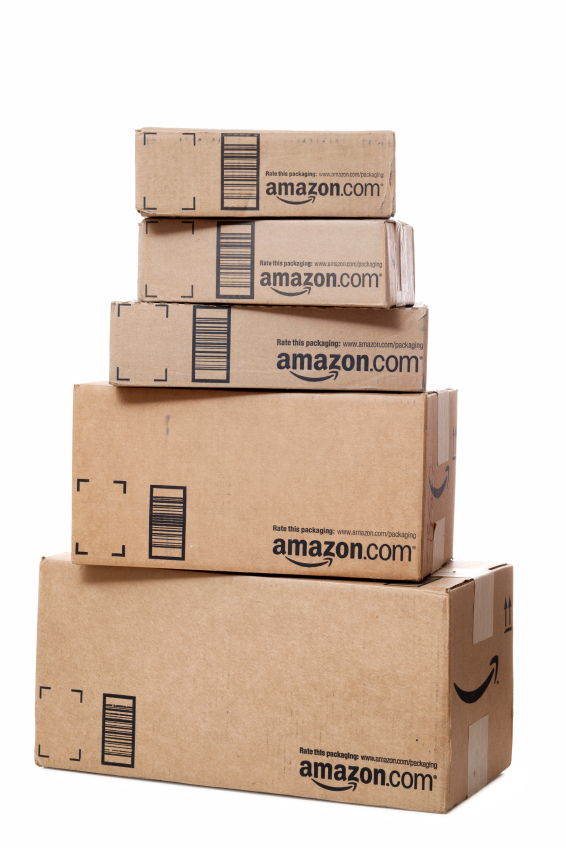As we progress further into the digital age, there has been a tendency for many organizations to rule out print advertising for marketing purposes, focusing ever more heavily on digital options. This has led many to claim that print is “dead”. Recent studies into marketing spend seem to support this, showing that digital spend is increasing much more rapidly than spend on print, with print spend generally on a downward slope. The idea behind this is often that digital is “cheap”, or that is perceived to be where the market is. This offers the illusion of better return on investment for marketing campaigns. Perhaps as a result of these ideas a study by the Association of Business Information and Media in 2013 found that in the case of B2B marketing, 32% of those surveyed were planning to reduce their print advertising budgets over the upcoming 12 months. The same study indicated that print circulation is not even used as a benchmark for understanding audience figures anymore by 46% of B2B marketers.
Yet ruling out print altogether may be a mistake, and studies have also shown that some types of print media can be significantly more cost effective than digital. In addition, people like printed materials, despite the fact that there is a whole digital world of information out there. In fact the same study by the Association of Business Information and Media found that despite the decision to cut the print budget, 96% of professionals in B2B marketing still read print magazines, with 75% doing so on a weekly basis. This mismatch reflects a wider problem with the migration of advertising budget entirely to digital, and something that some marketers have got wrong. In fact, evidence shows that done in the right way, print is very much still alive and kicking.
Smart companies are wising up to this and addressing where they allocate funds. Some are returning to seemingly old-fashioned techniques such as print catalogs. This may seem like an archaic return to the past for some marketers. After all, print catalogs are not cheap to produce. Even after the production costs are accounted for, print catalogs are also heavy. That makes them costly to send too. Yet, despite all this, print catalogs are making a comeback. The Direct Marketing Association reported that catalog figures dropped in the USA between 2007 and 2012, but that in 2013, catalogs began their renaissance, with 11.9 billion sent out across the country. While this figure is still significantly lower than the number of catalogs sent in 2007 it still represents a strong shift back to the print catalog as a marketing tool. There are very sound business reasons why this is happening.
Print Catalogs Offer Value for Money
The first reason for using print catalogs plain and simple is that they provide value for money. This is evident despite the fact that production is expensive and there are also the costs of delivery on top. Regardless of these costs, research has shown that catalogs are 11.5% cheaper than email per lead or order. This may seem quite illogical, but it is a fact. Additionally, as MOST® marketers are aware, it is much cheaper to keep an existing customer than attract a new one. Studies have shown that in some cases, customers that have the best value over time are those that received catalogs. Worse, companies that use catalogs and then drop them may see a sharp reduction in sales. Land’s End attempted this in 2000, and this led to a $100 million drop in sales. Studies have demonstrated that while a catalog may cost $1 to produce, it may return $2 on each prospective new customer and as much as $10 for every existing customer.
Print Catalogs Lead to Online Sales
The second reason for using print catalogs is the impact that they have been found to have on online sales. Figures released in a UK study found that there is a 76% greater likelihood of an online purchase via a retail website when a person has a catalog, compared to those that have not. When Land’s End reinstated its catalog it included a survey on its website to those that were making purchases, which uncovered that 75% of shoppers had seen a catalog before buying. Visitors to ecommerce websites have also been found to spend much more time browsing if they receive a catalog. This has led the likes of JC Penney, Abercrombie & Fitch, Land’s End and Patagonia, to name just a few, to get back on the catalog bandwagon. The reasons that catalogs lead to online sales are thought to be related to the way that people make purchasing decisions. Many customers like to look at a catalog to get inspired. This is reflected in their purchasing decisions. Research by the American Catalog Mailers Association has shown that customers that receive catalogs are estimated to spend approximately $850 on average each year as a result of having catalogs. Catalogs help to promote dreams that motivate people to go ahead and make a purchase. This is thought to be one of the MOST® important reasons for the surprising catalog come back, and it is especially relevant to those in the apparel and home furnishing sectors. Catalogs offer the promise of a better future if the customer just buys the goods presented in front of them.
How to Use Catalogs as a Marketing Channel
The new breed of print catalogs differs from that of the past. Instead of printing on cheap, flimsy, poor quality paper, the MOST® effective print catalogs of today appear to resemble glossy magazines. Of course, these fine quality catalogs are also heavily branded. Looking through these magazines gives customers ideas and encourages them to head to the online store to make that purchase. Some customers may even go into the bricks and mortar store to buy, but they are more likely to do so after browsing a catalog. The more alluring the catalog, the more likely it is that the person will go ahead and buy. This is a trend that MOST® retailers cannot afford to ignore, and some organizations have turned this into a fine art.
Targeting of catalogs is important to success with this marketing channel. Those that may be MOST® influenced by catalogs are thought to be women aged between 18 and 30. Indeed of the approximately 90 million Americans that make purchases from catalogs each year, 60% of them are female. Consequently, some retailers have found that being more strategic about whom to send catalogs to can also be a helpful approach to take. By focusing catalogs on audiences MOST® receptive to them and cutting back on print media sent to the wider target market, organizations can save money and increase return on investment. The fact is that where catalogs are created to attract a specific target audience they are more likely to succeed in driving purchases in that demographic.
Budget conscious organizations have also innovated with catalogs to keep the production and delivery costs down. Williams-Sonoma is an example of a company that has done exactly that. They reviewed everything about the specification of its catalogs, to see how it could be optimized for improved cost effectiveness. Maximizing returns on catalogs was found to be possible by cutting back on their weight by using lighter paper, and including fewer pages. Through trial and error Williams-Sonoma identified the best fit catalog size and specifications that would not lead to a reduction in sales. Other ways of reducing the costs of print catalogs may be to print on recycled paper, which Patagonia has recently tried. While this may not necessarily lead to the glossy magazine style catalog that many retailers are using, it does demonstrate a corporate value of sustainability. This is very appealing to some target audiences.
Like them or loathe them, for some sectors, print catalogs are a must.










